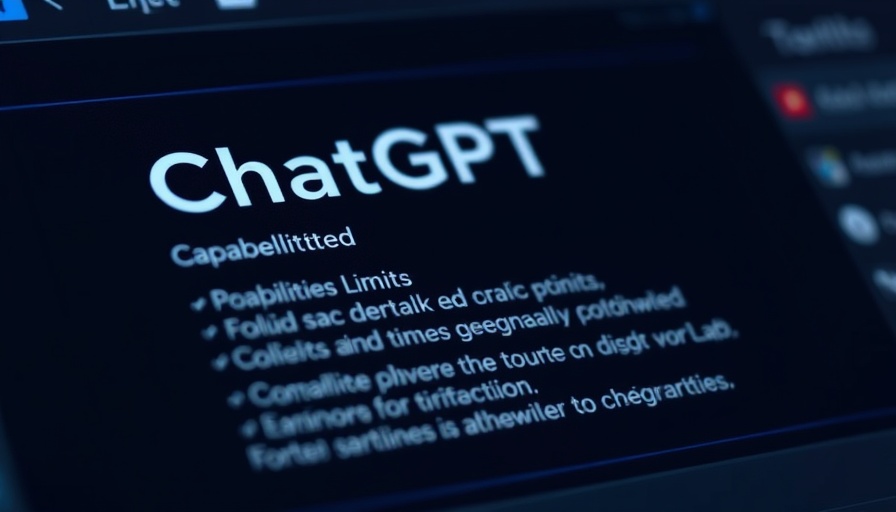
The Shifting Sands of AI Collaboration
Microsoft's partnership with OpenAI, once viewed as a powerful alliance in the tech industry, is now spotlighting a growing divide. Reports indicate that Microsoft is actively working to develop its own in-house reasoning models, signaling a potential split from its long-standing collaborator. This strategic pivot raises questions about the future landscape of artificial intelligence, particularly as major players like Microsoft, OpenAI, and others scramble for dominance in a fast-evolving market.
Emerging Competitors and Internal Innovations
Microsoft is reportedly testing alternative AI models from Elon Musk's xAI and Meta, as well as their own models labeled MAI, aimed at bolstering its offerings in Microsoft 365 Copilot. This shift reflects Microsoft’s growing impatience with OpenAI’s technology due to concerns over costs and operational performance. The company’s decision to explore diverse alternatives illustrates a strategic response to the competitive pressures of the AI sector.
The Cost of Dependence: Microsoft’s Strategic Maneuvering
As Microsoft wrestles with its dependency on OpenAI's ChatGPT, the decision to develop separate proprietary models could reshape its AI strategy significantly. Reports detail that Microsoft’s Copilot has faced challenges, primarily due to its high costs and subpar performance in real-world enterprise applications. By developing its own models, Microsoft hopes to regain control over its AI capabilities while also reducing operational costs, a crucial factor as competition heats up.
Tensions and Transparency: The OpenAI Dilemma
Another factor adding to the strain of the partnership is OpenAI’s reluctance to share technical documents regarding its o1 model, which could aid Microsoft in its own development endeavors. This refusal raises critical discussions around transparency and collaboration in tech partnerships. Tensions have escalated to the extent that Microsoft’s leaders have started questioning how much control they truly possess over technology created by OpenAI, a query that reveals underlying uncertainties in their alliance.
Future Insights: Navigating the Competitive AI Terrain
Looking ahead, the AI race is expected to accelerate, especially with Microsoft planning to market its MAI models through an API for external developers later this year. This move could disrupt the status quo, potentially undermining OpenAI’s market position. Moreover, the market’s trajectory may also be impacted by the strategic choices made by other tech giants like Anthropic and DeepMind, which are rapidly advancing their own AI initiatives. With every company eager to carve out its own niche, the competition will likely intensify, redefining the AI landscape.
Conclusion: A Call for Balanced Developments
As the dynamics between Microsoft and OpenAI evolve, enthusiasts in the AI community should be vigilant about how these changes affect their access to emerging technology. The ongoing shifts signal not just the rise of standalone AI solutions but also prompt discussions on the ethical implications of proprietary technologies that may prioritize corporate interests over collective advancement. An awareness of these developments will guide consumers and developers alike in navigating the future of AI.
 Add Row
Add Row  Add
Add 




 Add Row
Add Row  Add
Add 

Write A Comment